Nutrimillets Namkeen – Jowar Chivda – Khatta Mitha Flavor (100 grams)
₹40.00
Specifications
Packing – 100g
Price – Rs.40/-
Shelf life – 6 Months
| Nutritional Facts | Per 100g |
| Calories (Kcal) | 533.9 |
| Total Fats (%) | 31.1 |
| Total Carbohydrates (%) | 54.41 |
| Dietary Fiber (%) | 5.51 |
| Protein (%) | 9.11 |
- Description
- Additional information
- Reviews (0)
- Sustainability Remark
- More Offers
- Store Policies
- Inquiries
Nutri millets jowar chivda: In the realm of breakfast and snacks, a noteworthy shift towards healthier alternatives is embodied by the rise of millet-based food products. Transitioning from traditional grains, millets emerge as nutritional powerhouses, reshaping the food landscape. To commence, millets, a diverse group of small-seeded grasses, serve as the foundation for a myriad of breakfast and snack options. From millet porridge to granola bars, these products offer a delectable fusion of taste and health benefits. Transitioning from conventional cereal grains, millets boast a rich nutritional profile. Packed with essential nutrients like fiber, vitamins, and minerals, they contribute to overall well-being and aid in combating lifestyle-related diseases. The versatility of millets in snack preparation is noteworthy. Millet-based snacks, such as baked millet chips or millet-based energy bars, cater to the growing demand for on-the-go, nutritious alternatives. These snacks are not only convenient but also satiate cravings without compromising health. Moreover, millet products align with the trend of gluten-free and allergen-friendly options. They cater to individuals with dietary restrictions, offering a wholesome alternative that doesn’t compromise on taste or nutritional value. The benefits extend beyond personal health; millet cultivation promotes sustainable agriculture. These hardy crops require less water and are well-adapted to diverse agroecological zones, contributing to water conservation and soil health. Nutri millets jowar chivda: As consumer awareness grows, the food industry responds with innovative millet-based products. Breakfast cereals, muffins, and even millet-based pasta are becoming staples, offering a delightful departure from traditional breakfast and snack choices. In conclusion, the elevation of millet-based food products in the breakfast and snacks domain signifies a shift towards holistic well-being and sustainable food choices. The amalgamation of nutritional benefits, versatility, and environmental sustainability positions millets as a transformative force in shaping the future of breakfast and snack options.
| Weight | 100 g |
|---|
Only logged in customers who have purchased this product may leave a review.
Suatainability
Jowar Chivda, a popular Indian snack made from sorghum (jowar), is considered sustainable and has a relatively low carbon footprint for several reasons: Sustainability of Jowar (Sorghum) 1. Drought Resistance: - Low Water Requirement: Sorghum is a drought-tolerant crop that requires significantly less water compared to other staple grains like rice and wheat. This makes it particularly suitable for regions with limited water resources, reducing the stress on water supplies . - Climate Adaptability: Sorghum can thrive in arid and semi-arid regions where other crops may fail, reducing the need for irrigation and associated water usage . 2. Soil Health: - Deep Root System: Sorghum has a deep root system that helps in preventing soil erosion and improving soil structure. This can enhance soil health and reduce the need for chemical fertilizers . - Nutrient Use Efficiency: Sorghum is efficient in utilizing soil nutrients, which means it can grow well in less fertile soils, reducing the need for synthetic fertilizers that can harm the environment . 3. Biodiversity and Crop Rotation: - Crop Diversity: Growing sorghum as part of a crop rotation system can help in maintaining biodiversity on farms and reducing the incidence of pests and diseases, leading to lower pesticide use . Low Carbon Footprint of Jowar Chivda 1. Lower Agricultural Emissions: - Reduced Methane Emissions: Unlike rice, which produces significant methane emissions when grown in flooded fields, sorghum cultivation does not involve anaerobic conditions that lead to methane production, thus reducing its overall greenhouse gas emissions. - Lower Nitrogen Fertilizer Use: Sorghum’s ability to grow in less fertile soils means it requires less nitrogen fertilizer, which is a major source of nitrous oxide, a potent greenhouse gas. 2. Energy Efficient Processing: - Minimal Processing: The production of Jowar Chivda involves minimal processing compared to many other snacks. This reduces the energy consumption and associated carbon emissions during the manufacturing process. 3. Local Production and Consumption: - Reduced Transportation Emissions: Sorghum is often grown locally, reducing the carbon footprint associated with transportation. Local consumption of Jowar Chivda means fewer food miles and lower emissions from transport logistics. Conclusion The sustainability and low carbon footprint of Jowar Chivda are attributed to the inherent properties of sorghum as a crop, its efficient water and nutrient use, and the minimal processing required to produce the snack. These factors collectively contribute to reduced environmental impact and make Jowar Chivda a sustainable food choice. References 1. CGIAR. "Sorghum." [CGIAR Research Program on Dryland Cereals](https://www.cgiar.org). 2. FAO. "Water use in agriculture." [FAO](http://www.fao.org). 3. USDA. "Sorghum." [USDA](https://www.usda.gov). 4. ICRISAT. "Sorghum's role in soil health." [ICRISAT](https://www.icrisat.org). 5. ICAR. "Nutrient use efficiency in sorghum." [Indian Council of Agricultural Research](https://www.icar.org.in). 6. NRCS. "Benefits of crop rotation." [USDA Natural Resources Conservation Service](https://www.nrcs.usda.gov). 7. IPCC. "Methane emissions from rice paddies." [IPCC](https://www.ipcc.ch). 8. UNEP. "Nitrous oxide emissions from agriculture." [UNEP](https://www.unep.org). 9. Energy Information Administration. "Energy consumption in food processing." [EIA](https://www.eia.gov). 10. Food Logistics. "Impact of transportation on food carbon footprint." [Food Logistics](https://www.foodlogistics.com).
General Inquiries
There are no inquiries yet.



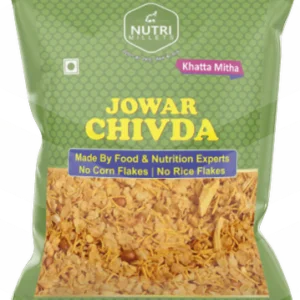

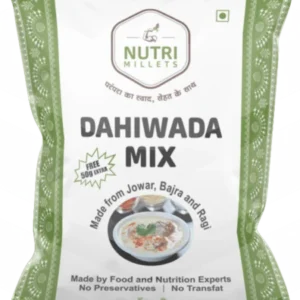
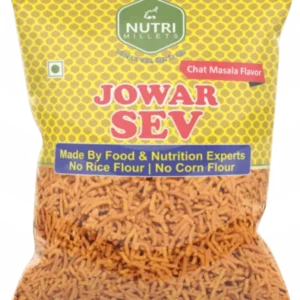
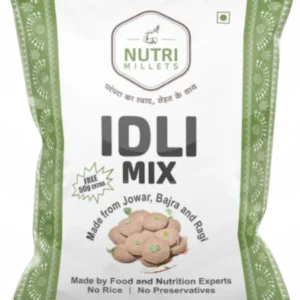
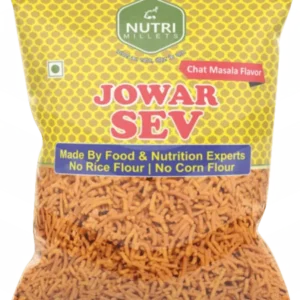
Reviews
There are no reviews yet.